History
Peter Pugger Main Facility (West)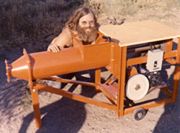
The first Peter Pugger was born in 1973 in sunny San Luis Obispo, California. It was a collaboration of a then little known architect/potter named Gordon Motta and an even lesser known engineer named Randy Wood. Gordon wanted a pugmill and Randy had ideas.
These two researched, sought out, analyzed and visited every existing pugmill they could find – from studio models to industrial giants.
After many long nights of welding, cutting, banging, bending, consulting, and a little swearing, a very strange pugmill emerged, made mostly of recycled parts from abandoned garlic factory processing equipment.
This long-nosed monstrosity was aptly named “Peter Pugger” by a friend with an active imagination. At that point no one imagined Peter Pugger would ever begin manufacturing. “If I had it to do over, I’m not sure I’d call it Peter Pugger”, says Randy, “but it sure is a name people don’t forget.”
Gordon eventually moved back to the island of Hawaii where he grew up and became a now famous potter, leaving Randy the task of parenting “Peter.” During the late 70s, while having made over a hundred long-nose puggers, Randy overheard a friend complaining that his pugmill wouldn’t mix and his mixer wouldn’t pug!
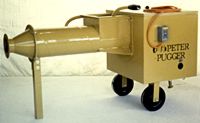
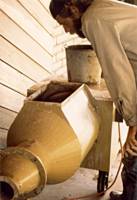
Randy put his thinking bandana back on and realized, while digging clay out of a mixer and stuffing it back into a pugmill, that this was a big waste of creative time and energy. By 1980, after several prototypes and much experimentation, Peter Pugger Manufacturing had its first patent and was well on its way to producing the first and ONLY pugger-mixer on the market.
Sales started slow, but new owners were delighted with the ease of mixing and recycling, and word soon spread. As the pugger-mixers started showing their worth, more potters started asking about vacuum deairing. Was it not enough for a clay mixer to unload itself through a pugmill? Not for everyone. So Randy went back to work trying to add vacuum.
This solution proved elusive. None of the conventional vacuum methods worked when mixing in a pugmill. Over the course of twelve years and after dozens of prototypes, Randy finally hit upon the exact combination that would work well, last a long time with low maintenance, and be perfectly safe and easy to operate – The Power Wedger was born.
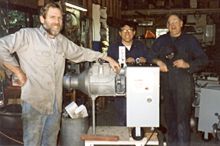
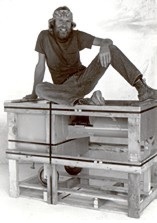
What started out as a lark has turned into an organization producing various sizes of quality custom-crafted machines engineered for the long-term.
Please contact us if you desire more information or wish to comment on our products.
